If you suspect you might have a leaky tap, it might seem like a minor issue, and we all encounter dripping taps from time to time. It’s tempting to ignore them or wonder, ‘Can I fix a leaking tap myself?’ But even the smallest leaks can lead to serious plumbing problems down the line.
The Risks of Ignoring a Leaking Tap
Ignoring a leaking tap can lead to a range of problems that can cause significant damage to your home and increase your water bills. Here are some of the risks associated with ignoring a leaking tap.
Water Waste and Increased Bills
A leaking tap can waste a significant amount of water, leading to increased water bills. According to the Environmental Protection Agency (EPA), a single dripping faucet can waste up to 20 gallons of water per day. This can add up to a significant amount of money over time, especially if you have multiple leaking taps in your home. Not only does this waste precious resources, but it also puts a strain on your wallet. Fixing a dripping tap promptly can save you from these unnecessary expenses.
Damage to Internal Components
Ignoring a leaking tap can also cause damage to the internal components of the tap, such as the tap body, tap valve, and O-rings. Over time, the constant drip can wear down these parts, leading to more severe issues. This can result in the need for more costly repairs or even the replacement of the entire tap. By addressing the leak early, you can prevent damage to the tap’s internal components and avoid the hassle of more extensive repairs.
Common Causes of Leaking Taps and How to Identify Them
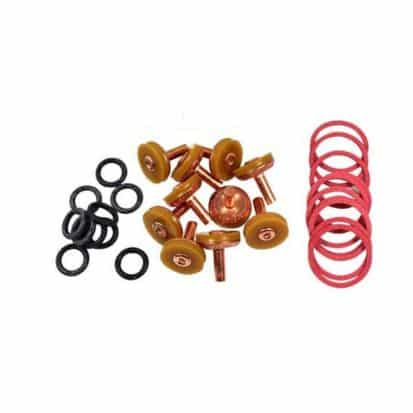
Worn-Out Washers
One of the most frequent answers to ‘what causes a faucet to leak?’ is a worn-out washer. If your tap has started to drip even when it’s turned off, it’s often because the washer has started to deteriorate. Washers are a key part of a tap that creates a tight seal, but they wear out over time due to how often we use our taps. A dripping tap can waste 24,000 litres of water a year, causing a leak that will add to your water bill. A new washer is often an easy fix for a dripping tap; however, if the problem keeps recurring, we recommend you hire a professional plumbing service.
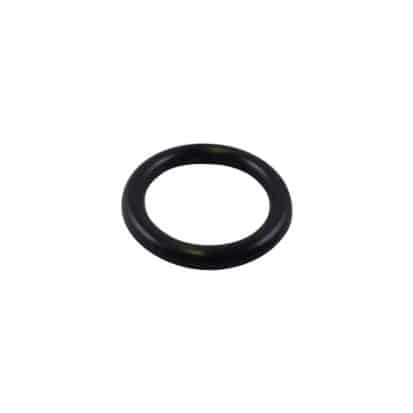
Damaged O-Ring
A damaged O-Ring could be the culprit if you see water pooling around the handle of your tap. This small ring helps seal the handle, but like washers, common wear and tear can cause it to crack or loosen. Over time, even minor leaks can become a big problem. If replacing the O-Ring does not resolve the leak, it may be a sign of a larger issue needing a local plumber’s help.
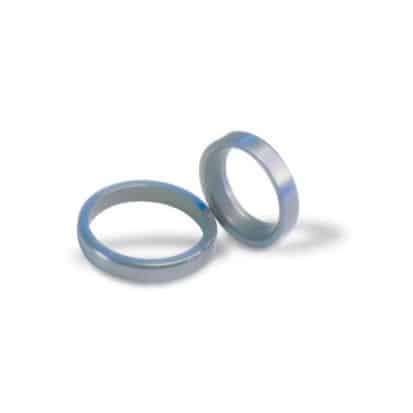
Corroded Valve Seat
Over time, mineral deposits can corrode the valve seat – the part connecting the tap to the spout – causing leaks around the base. If you have noticed water starting to pool around the spout of your tap, corrosion is likely a cause. Valve Seat damage is common in homes with hard water which speeds up mineral build up. While you can resurface a valve seat, severe corrosion may require a full replacement. If left unaddressed, a leaky valve seat can even increase the risk of a burst pipe, making timely repairs essential.
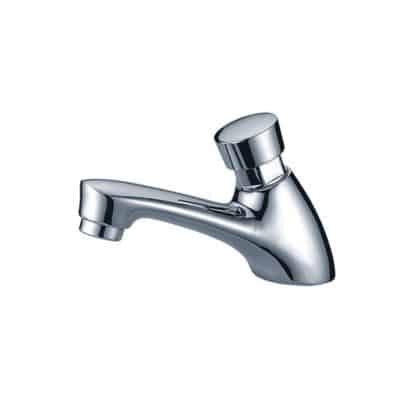
Loose Parts
Loose parts within your tap can cause leaks near the handle. If you notice your tap feels wobbly, it could be due to parts inside of the tap becoming loose, allowing water to leak. Tightening these parts may solve the issue, but persistent dripping may suggest deeper wear inside the tap.
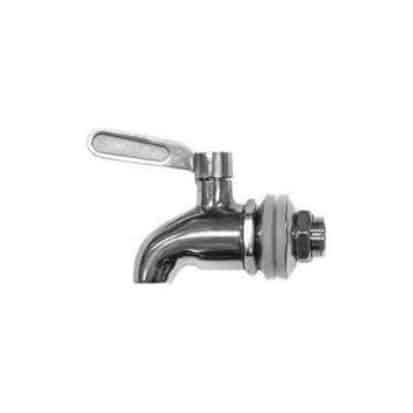
Old or Poor-Quality Fixtures
Older taps or low-quality fixtures are more prone to leaks, rust, and mineral deposits, especially in homes with hard water. You might notice rust spots, mineral buildup, or persistent leaking. Upgrading to higher-quality, corrosion-resistant taps is a solid solution for long-term peace of mind.
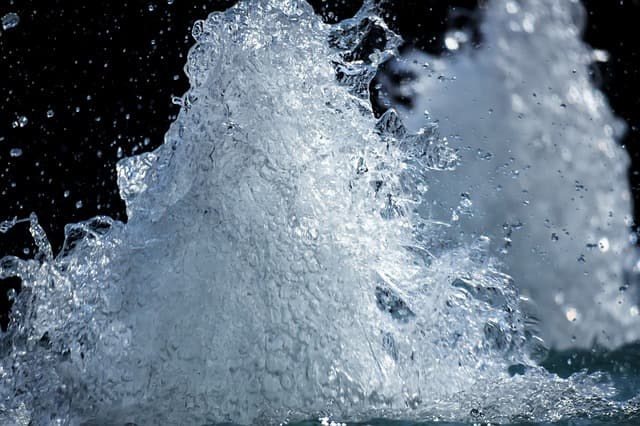
High Water Pressure
High water pressure can also be a risk associated with ignoring a leaking tap. If the leak is not fixed, it can cause the water pressure to increase, which can lead to further damage to the tap and other plumbing fixtures in your home. High water pressure can strain your plumbing system, potentially causing pipes to burst or other fixtures to fail. Ensuring that your taps are in good working order helps maintain a balanced water flow and protects your entire plumbing system.
Tools Needed to Fix a Leaking Tap
To fix a leaking tap, you will need a range of tools, including:
Essential Tools
- Adjustable Wrench or Basin Wrench: These are crucial for loosening and tightening nuts and bolts on the tap.
- Channel-Type Pliers: Useful for removing old O-rings and other small components.
- Needle-Nose Pliers: Ideal for handling small parts that are difficult to reach.
- Teflon Tape or Pipe Dope: Essential for sealing threads when reassembling the tap to prevent leaks.
- Replacement O-Rings or Gaskets: Necessary for replacing worn-out parts that are often the cause of leaks.
- Replacement Tap Washer or Valve Seat: If the washer or valve seat is damaged, having replacements on hand is crucial.
- Screwdriver (Flathead or Phillips): Needed for removing screws and accessing internal components.
- Tap Repair Kit (Optional): These kits often contain various parts and tools specifically designed for tap repairs.
It’s also a good idea to have a bucket or container on hand to catch any water that may spill out when you’re working on the tap. Additionally, you may want to consider using a drain snake or plumber’s auger to clear any blockages in the drain line. By having the right tools on hand, you can fix a leaking tap quickly and easily, and avoid the risks associated with ignoring the problem.
How to fix a leaking tap at home
Shut off the water supply
If the leak is coming from the spindle or faucet, turn off the water supply to stop the water from flowing. If the leak is from the body of the tap, you might need to take the tap apart for further inspection.
Check for blocked drains
If there are no obvious signs of leaks, check for any clogs in the drain. Use a plunger or snake to clear out any blockages. If the clog persists, it’s best to call a professional plumber.
Replace the tap spindle
If the tap is leaking from the spindle, it likely needs replacing. It is also important to check the jumper valve during spindle replacement, as it may need to be removed or replaced to fix the leak. Remove the old spindle and install a new one, ensuring that all screws are tightened properly for smooth operation.
Repair or replace the water supply line
A leak from the body of the tap might indicate a broken water supply line. In this case, you’ll need to either repair or replace the line. Always use a licensed plumber for water line replacements to avoid potential damage.
Fix the leaky faucet
For leaks coming from the faucet, check for a worn-out washer or gasket. It is also important to check the body washer during repairs to ensure proper functioning. Replacing these components should resolve the leak. Ensure that new parts are installed correctly and tighten all screws.
When to Call a Professional Plumber
Knowing when to call a professional plumber is key to maintaining your plumbing system. If DIY fixes haven’t worked, it’s time to reach out. We can quickly diagnose and resolve more complex issues. Contact us if you notice signs of significant water damage, such as damp walls or mould growth, in your home. If you experience a burst pipe or severe leak, call us immediately to minimise damage. We service all of Sydney.
For complicated systems like sewer lines or extensive pipe relining, our expertise ensures safe and efficient handling. If you’re unsure about the problem or lack the time to address it, we’re here to help.

Preventing Future Tap Leaks in Your Home
- Regularly Inspect Taps: Look for signs of wear, such as drips or moisture around the handle or base.
- Replace Worn Parts: Promptly replace worn washers and O-rings, as these are common causes of leaks.
- Invest in Quality Fixtures: Choose taps made from durable materials that resist corrosion and mineral buildup.
- Consider a Water Softener: If you have hard water, a water softener can reduce mineral deposits that contribute to leaks.
- Mind Your Usage: Avoid turning taps on too forcefully to prevent straining the components.
- Schedule Regular Inspections: Consult a professional plumber for regular inspections to catch potential issues early and maintain your plumbing system.
We hope this article has highlighted the key reasons why you should never ignore a leaking tap and provided you with effective solutions for fixing the issue. If you find that these steps haven’t resolved your leak, don’t hesitate to call The Clean Plumber. We can help diagnose and address any plumbing problems in your home to ensure everything runs smoothly. Be sure to check out our seasonal specials for great deals on plumbing services.


